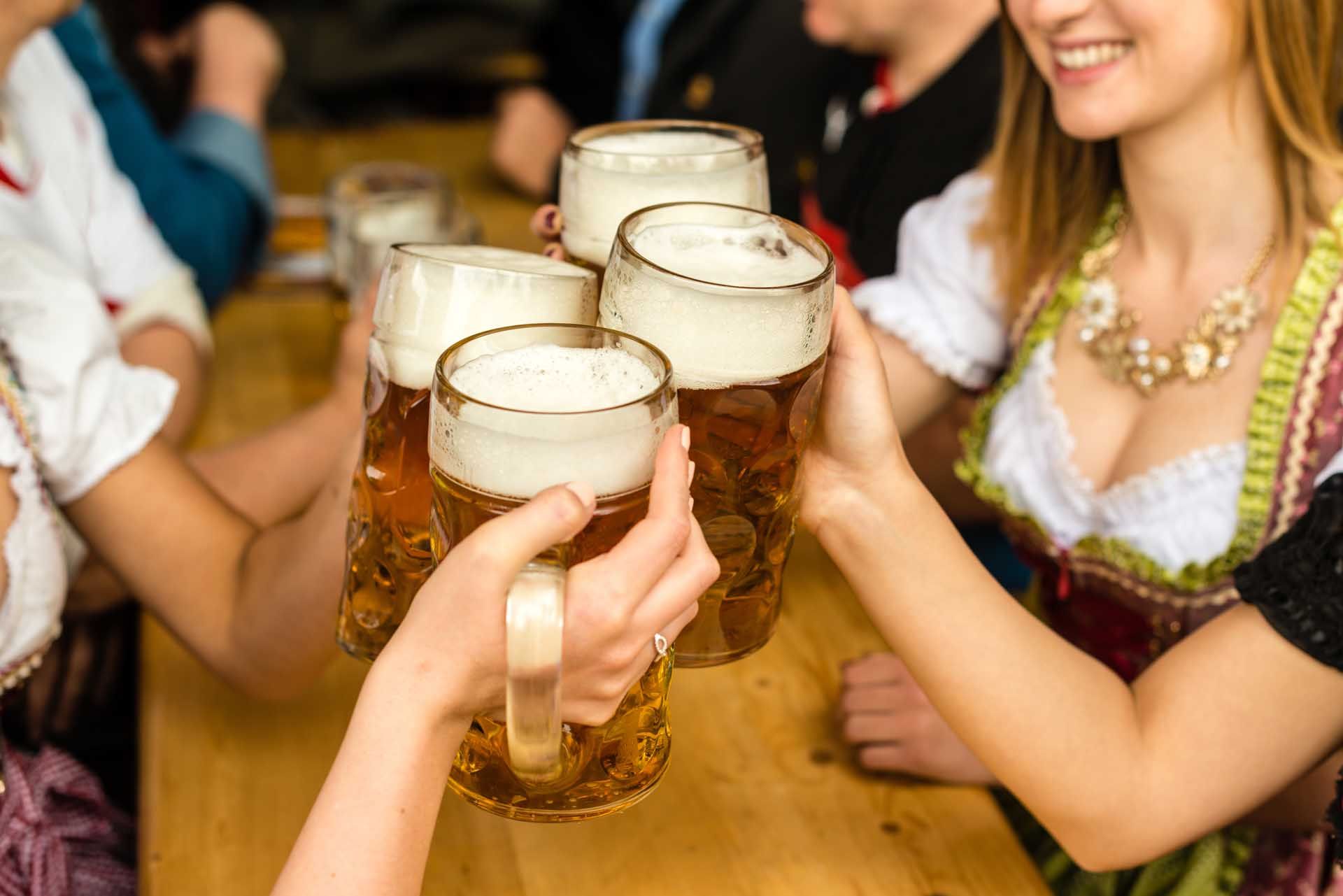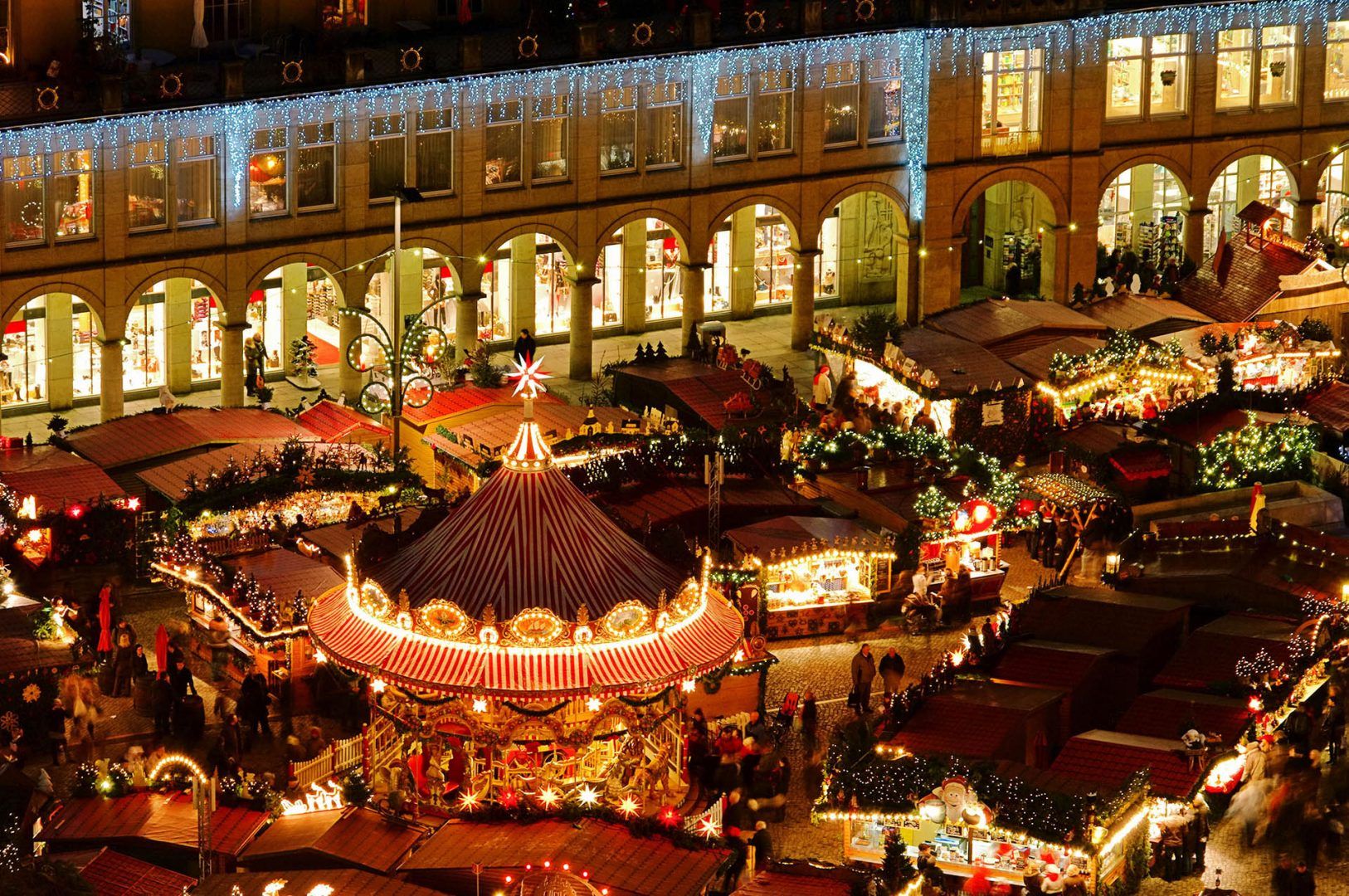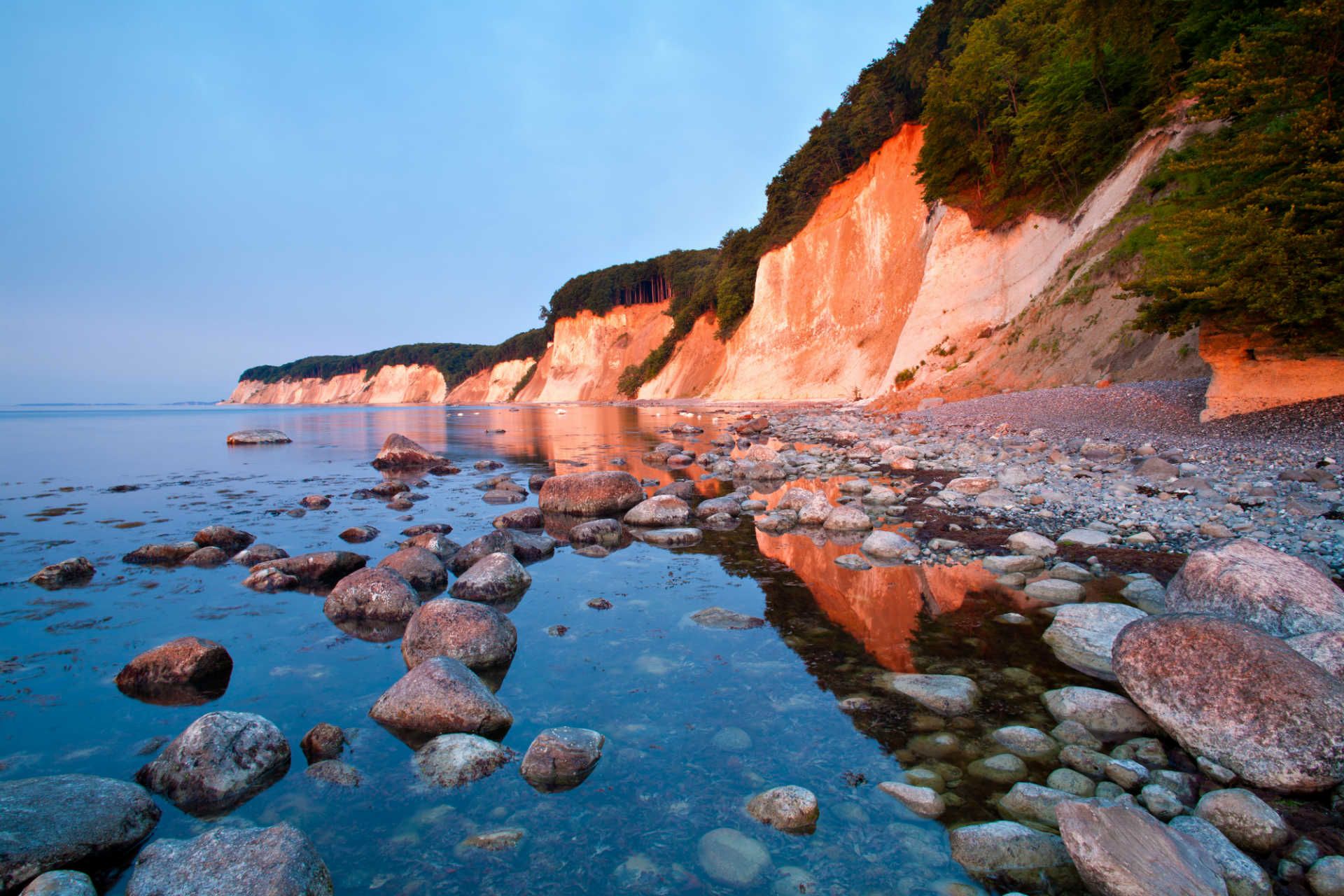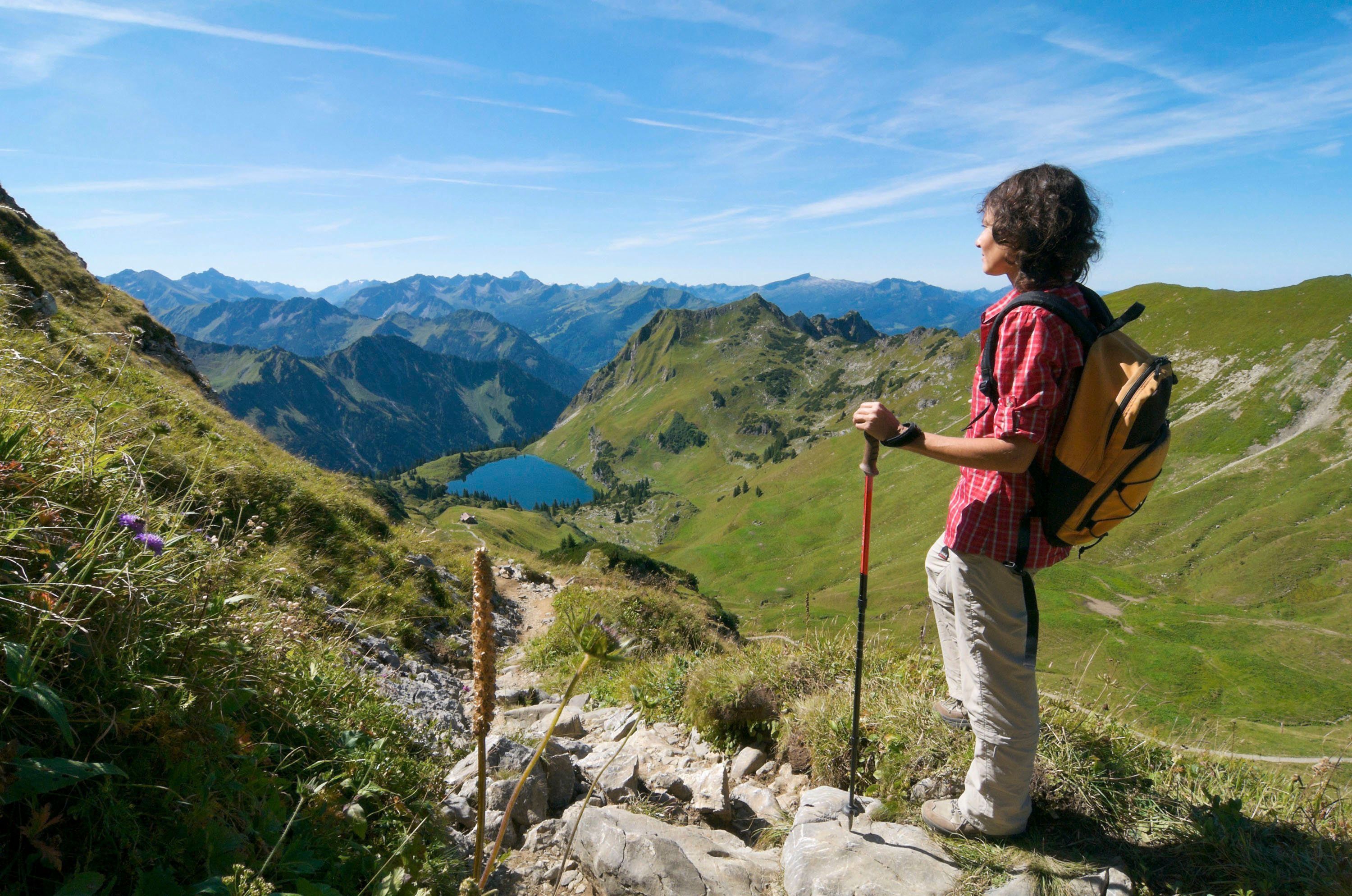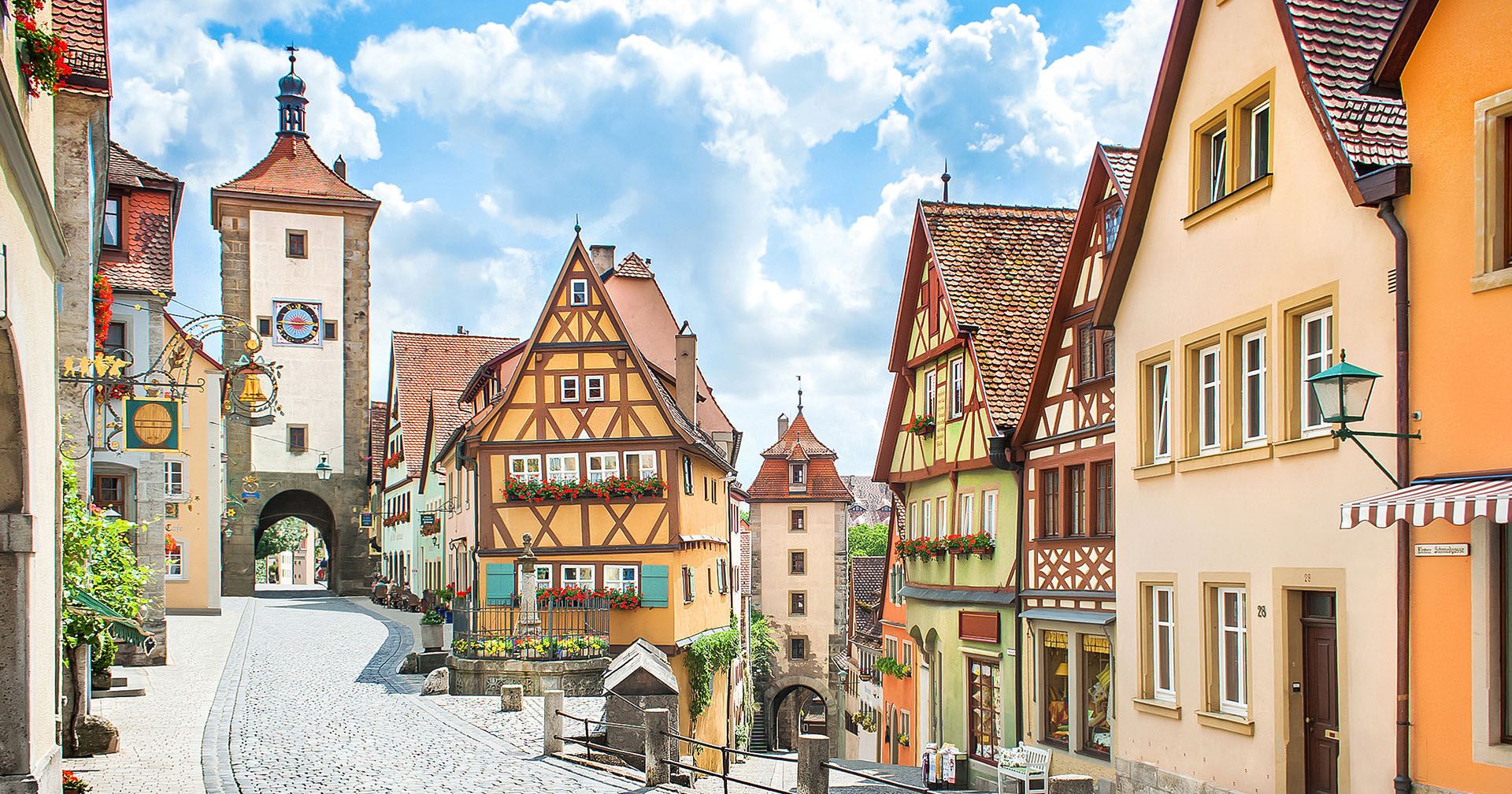8. Experience Cologne – history, beer, and carnival madness
Cologne is Germany’s cool, free-spirited city — a place where history meets a laid-back beer culture and a famously wild carnival. With over 2,000 years of history, it has seen Roman emperors, medieval merchants, and modern-day revelers, all leaving their mark.
The city’s centerpiece is its breathtaking twin-spired cathedral, a Gothic masterpiece that dominates the skyline. But Cologne isn’t just about old stones; it’s about energy. The streets around the cathedral and main station are buzzing day and night, whether it’s with café-goers, street performers, or party-loving locals.
If you’re here in February, brace yourself for Karneval, when the city transforms into a costumed, beer-fueled frenzy of parades and parties. Any other time of year, grab a Kölsch in a traditional beer hall, soak up the Rhine-side views, and see why Cologne is one of Germany’s most beloved cities.




